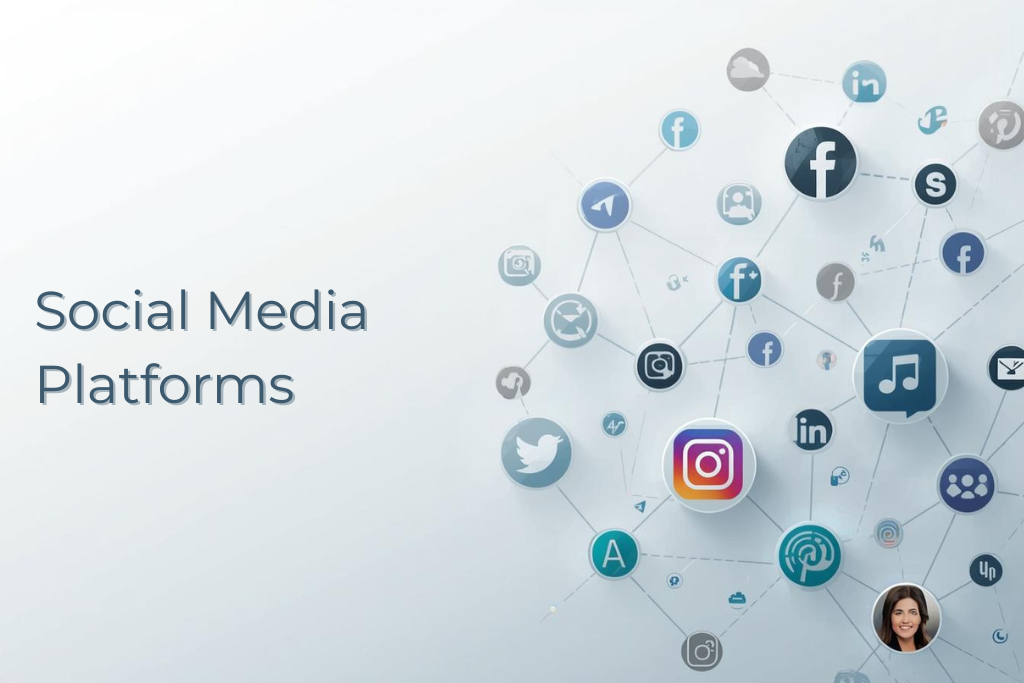Today, social media is one of the easiest ways to promote your business. No matter if you have a small shop, online store, or big company, being active on social media helps you reach customers, earn their trust, and grow your brand.
But not all social platforms work the same. Some are best for sharing photos and videos, while others are better for making contacts or handling customer questions. To make things easier, here’s a list of the top social media platforms for businesses in 2025, and how each one can help your business do well.
Here are the top Social Media Platforms
1. Facebook
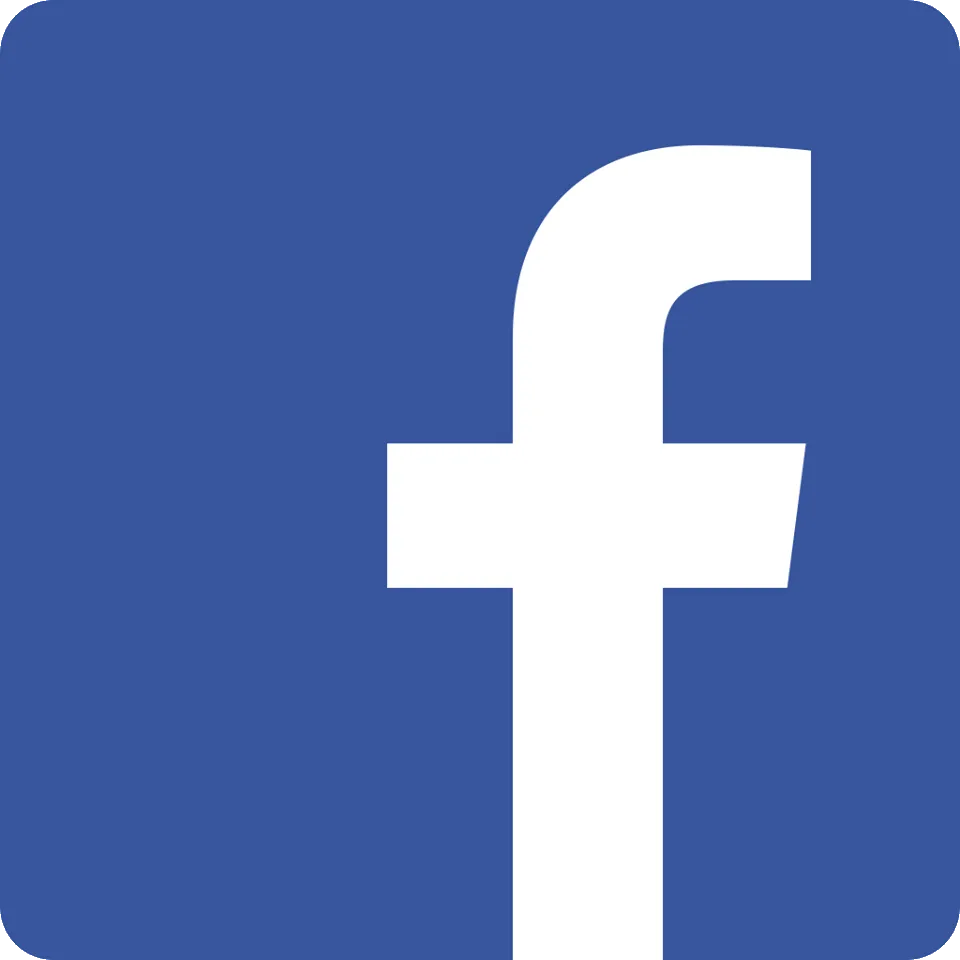
Why it’s great:
Facebook remains one of the most powerful social media platforms for businesses, even after all these years. With over 3 billion monthly active users, it offers unmatched reach and a wide variety of marketing tools.
How businesses can use Facebook:
- Create a professional business page to showcase your brand.
- Run Facebook Ads to target specific demographics and interests.
- Use Facebook Groups to build communities and engage directly with customers.
- Post regular updates, photos, and videos to keep your followers informed and connected.
Best for: Small to large businesses, local stores, service providers, and e-commerce brands.
2. Instagram
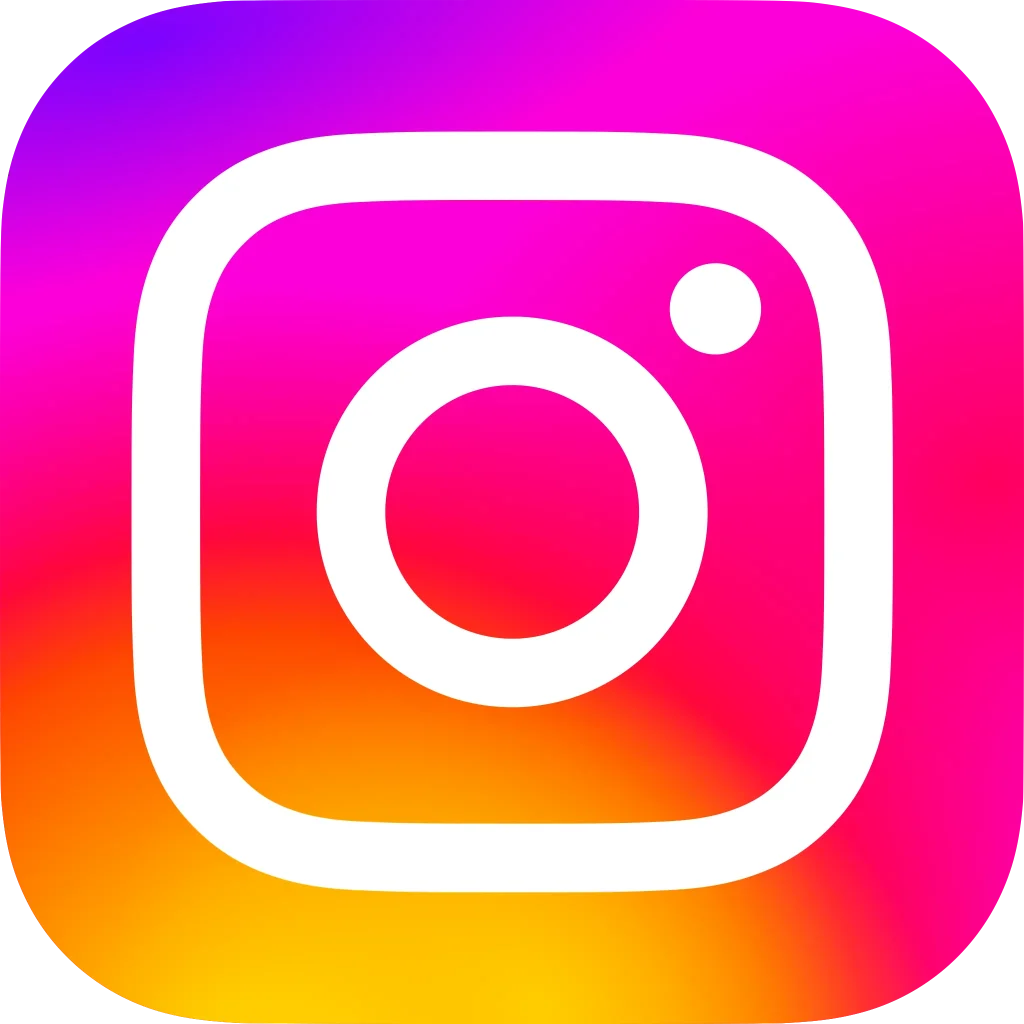
Why it’s great:
If your business has visually appealing products or services, Instagram is your best friend. With features like Reels, Stories, and Shopping, it’s a visual playground for brand promotion, and using social media aggregators can help you showcase all your Instagram content in one place for better engagement.
How businesses can use Instagram:
- Post high-quality photos and videos of your products or services.
- Collaborate with influencers or creators in your niche.
- Use hashtags and geotags to increase reach.
- Use Instagram Shopping to tag products directly in your posts.
Pro tip: Use short videos or Reels to showcase your products in action — they get more engagement than static posts.
Best for: Fashion, beauty, travel, food, lifestyle, and e-commerce businesses.
3. LinkedIn

Why it’s great:
LinkedIn is the go-to platform for B2B marketing, professional services, and personal branding. It’s where decision-makers, executives, and professionals connect — making it a goldmine for generating leads and building authority.
How businesses can use LinkedIn:
- Share industry insights, thought leadership articles, and company updates.
- Build a professional company page to showcase your team and services.
- Use LinkedIn Ads to target business professionals.
- Encourage employees to share posts to increase organic reach.
Best for: B2B companies, consultants, agencies, HR firms, and corporate brands.
4. YouTube
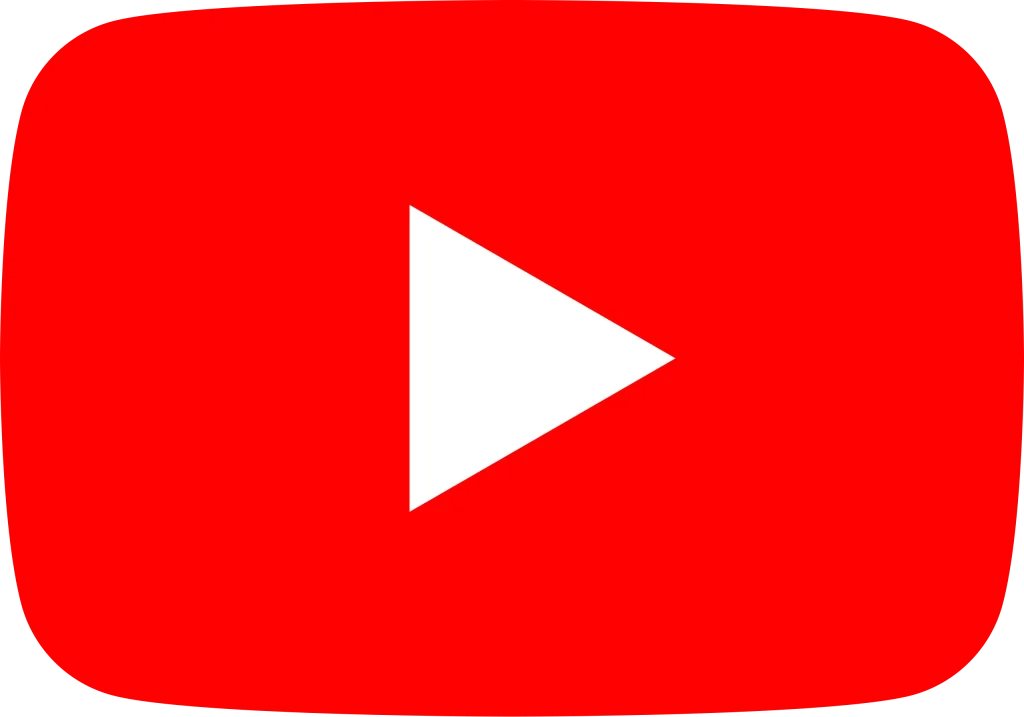
Why it’s great:
YouTube is the world’s second-largest search engine, right after Google. That means your business can get discovered by millions of users searching for tutorials, product demos, or reviews.
How businesses can use YouTube:
- Create how-to videos, explainer videos, and behind-the-scenes content.
- Optimize titles and descriptions with keywords to boost search ranking.
- Use YouTube Ads to reach new audiences through targeted campaigns.
- Use a YouTube widget on your website and add links to your website or products in video descriptions to create a seamless connection between your content and site traffic.
Pro tip: Consistency is key. Upload videos regularly and engage with your viewers through comments and community posts.
Best for: Educational brands, tech companies, fitness coaches, and content creators.
5. TikTok
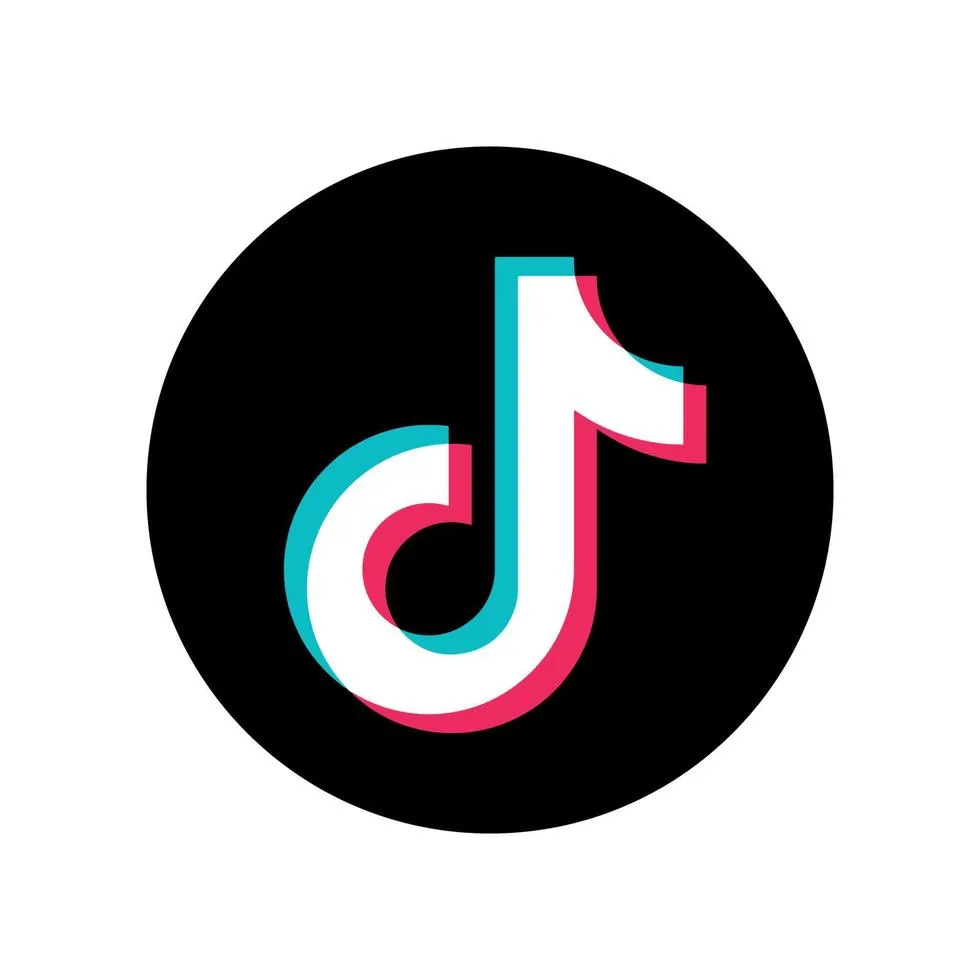
Why it’s great:
TikTok’s short, engaging video format has changed the social media game. With millions of active users daily, it’s one of the fastest ways to reach a massive audience — especially younger generations.
How businesses can use TikTok:
- Create fun, relatable, and creative videos that match trending sounds.
- Collaborate with TikTok influencers to boost brand awareness.
- Share behind-the-scenes clips or quick tutorials.
- Use TikTok Ads for targeted exposure.
Best for: Lifestyle, fashion, entertainment, beauty, and consumer-focused brands.
6. X (formerly Twitter)
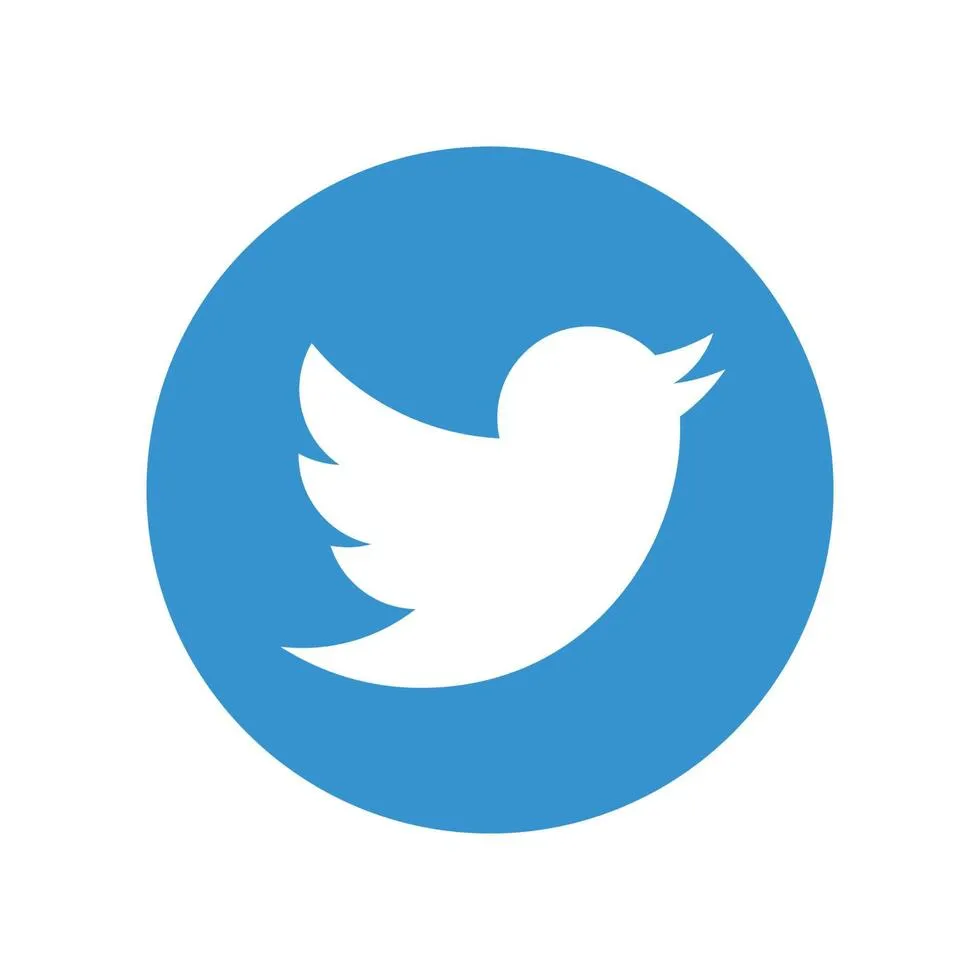
Why it’s great:
X (Twitter) is all about real-time updates, news, and conversations. It’s perfect for brands that want to stay relevant and engage in trending topics.
How businesses can use X:
- Post updates, product launches, and quick announcements.
- Use hashtags and trending topics to increase visibility.
- Interact with followers through replies, polls, and retweets.
- Handle customer support directly through DMs or mentions.
Best for: Tech brands, media companies, startups, and service-based businesses.
7. Pinterest
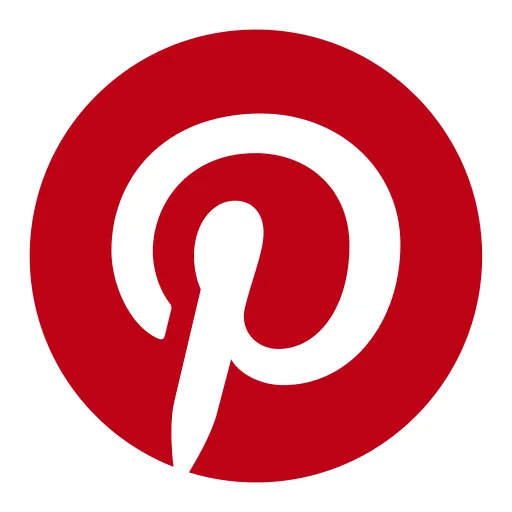
Why it’s great:
Pinterest is a visual search engine where people come to discover new ideas. For businesses, it’s a fantastic platform to drive website traffic and inspire purchase decisions.
How businesses can use Pinterest:
- Create visually appealing pins that link back to your website or product pages.
- Use keyword-rich descriptions for SEO.
- Organize your content into themed boards.
- Utilize Pinterest Ads for targeted visibility.
Best for: Home décor, DIY, food, travel, art, and fashion brands.
8. WhatsApp Business
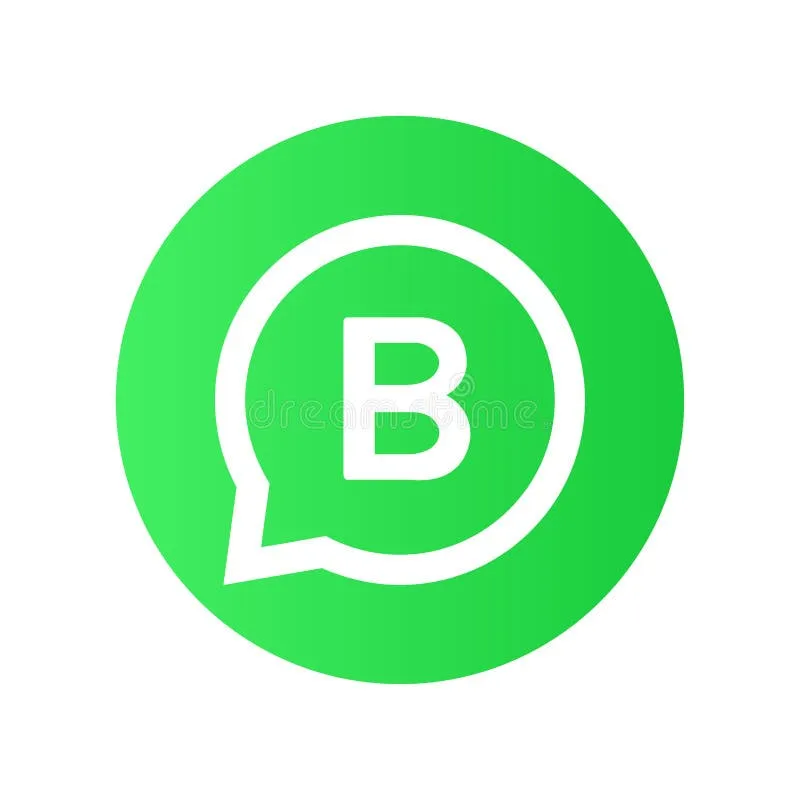
Why it’s great:
WhatsApp Business lets you communicate directly with customers in real time. It’s perfect for small businesses and service providers who rely on quick responses and personal interaction.
How businesses can use WhatsApp Business:
- Send updates, order confirmations, and promotional messages.
- Set up automated replies and business profiles.
- Share product catalogs directly in chat.
- Integrate with your website for live chat support.
Best for: Local businesses, service providers, and small online stores.
9. Snapchat
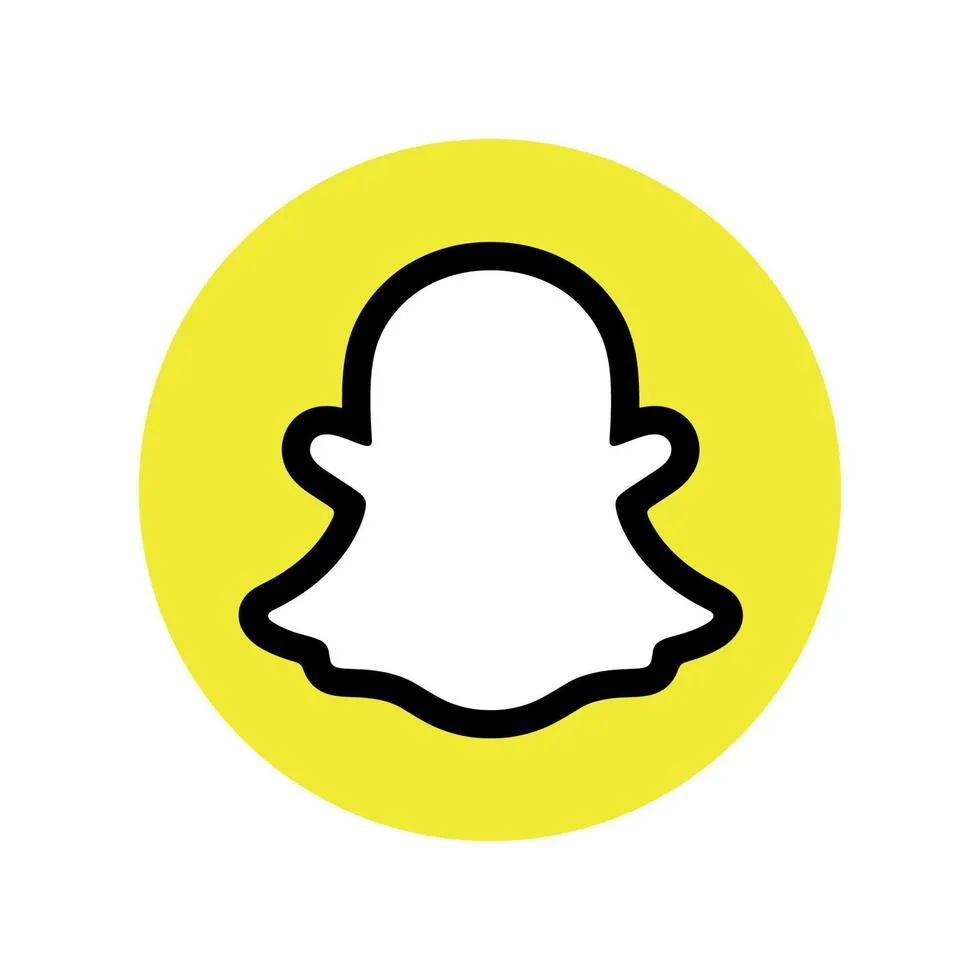
Why it’s great:
Snapchat is a fun and casual platform where younger audiences hang out. Brands can use it to share behind-the-scenes moments and build a personal connection with followers.
How businesses can use Snapchat:
- Create engaging Stories or short video ads.
- Use filters and lenses to promote campaigns.
- Offer exclusive deals or sneak peeks to followers.
Best for: Fashion, entertainment, and lifestyle brands targeting younger demographics.
10. Threads

Why it’s great:
Threads, created by Meta, is a rising platform focusing on community discussions and real-time engagement — similar to Twitter but with a more positive vibe.
How businesses can use Threads:
- Start discussions around your products or services.
- Share quick updates or thoughts to engage followers.
- Connect directly with your audience in a conversational way.
Best for: Startups, tech brands, and creators who want authentic audience interaction.
Tips to Choose the Right Platform
Not every social media platform will be right for your business. Here’s how to choose the best fit:
- Know your audience – Where do they spend their time?
- Match your content style – Photos, videos, or discussions?
- Consider your goals – Brand awareness, engagement, or conversions?
- Start small – Focus on 2–3 platforms and grow from there.
Final Thoughts
Social media is more than just posting, it’s about building relationships, sharing value, and creating trust. Each platform offers something unique.
If you’re a visual brand, go for Instagram or Pinterest. For B2B marketing, LinkedIn is your best bet. And if you want to reach younger audiences, TikTok and Snapchat are where the energy is.
Whichever platforms you choose, stay consistent, engage with your audience, and keep your content fresh. Over time, you’ll see stronger brand awareness, loyal followers, and better business growth.

